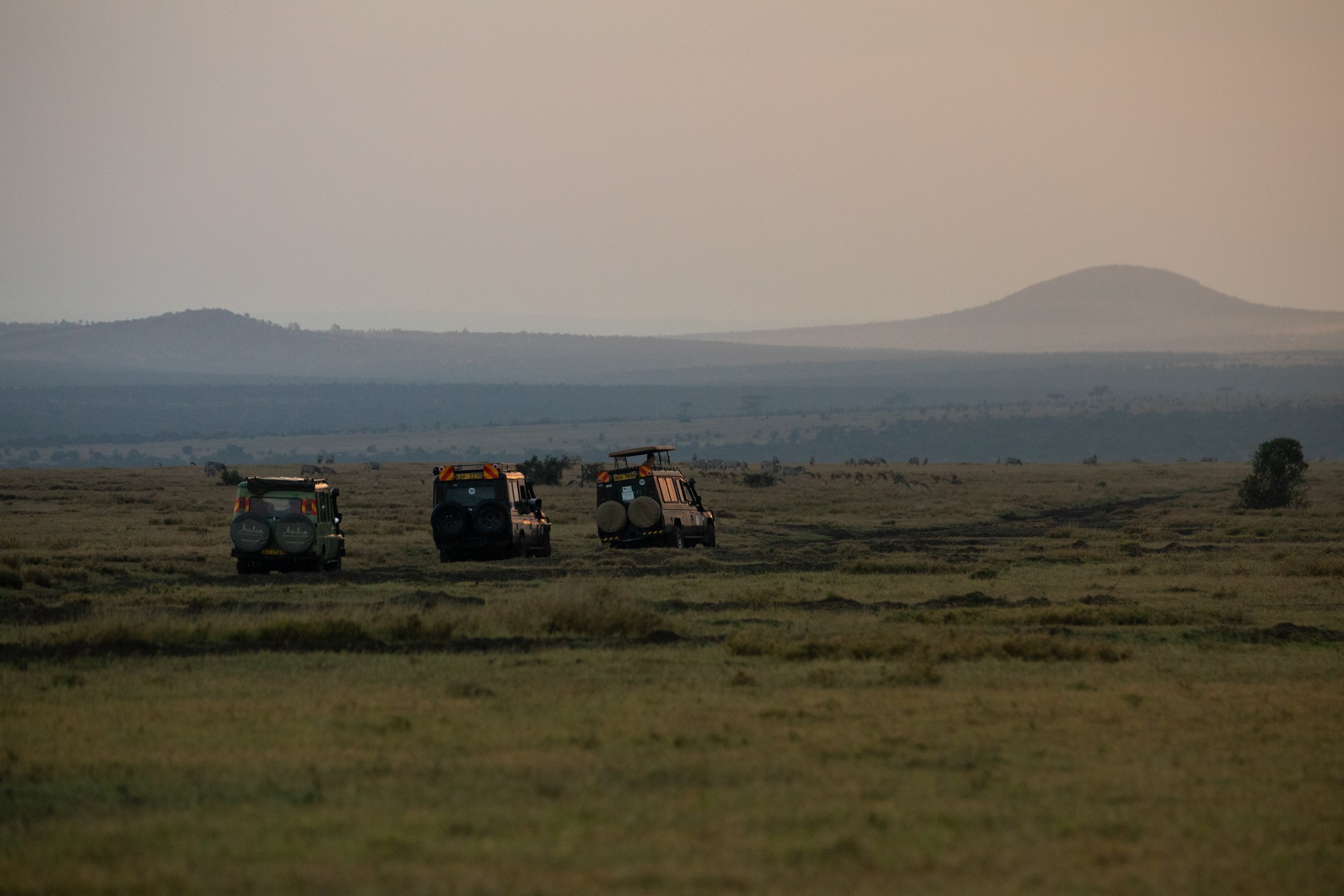Habitat Preservation in the Masai Mara Reserve

The Masai Mara Reserve is a wildlife sanctuary located in southwestern Kenya.

It is a vast expanse of savannah grasslands that is home to a diverse array of wildlife, including elephants, lions, zebras, and wildebeest.

The Masai Mara is also the site of the annual wildebeest migration, where millions of these animals travel from the Serengeti in Tanzania to the Mara in search of food and water.

This migration is one of the most spectacular natural events on the planet, drawing visitors from all over the world.


The reserve teaches the benefits of protecting wildlife, including eco-tourism and its positive impact on the local economy


It’s named after the Maasai people, a semi-nomadic tribe that has lived in the area for centuries.

The Maasai have a deep spiritual connection to the land and its wildlife, and they have coexisted with the animals for generations.

Despite the reserve's natural beauty, it faces many challenges. Climate change, overgrazing, and poaching all threaten the survival of the animals and the ecosystem.

Anti-poaching measures, including surveillance and ranger patrols are implemented by the reserve to protect wildlife from illegal hunting and trade.

Anti-poaching measures, including surveillance and ranger patrols are implemented by the reserve to protect wildlife from illegal hunting and trade.




It is also an important source of income for the local communities, through tourism and other related activities, as well as preserving their way of life and culture.





The Masai Mara is a model of how conservation and human development can coexist.




















